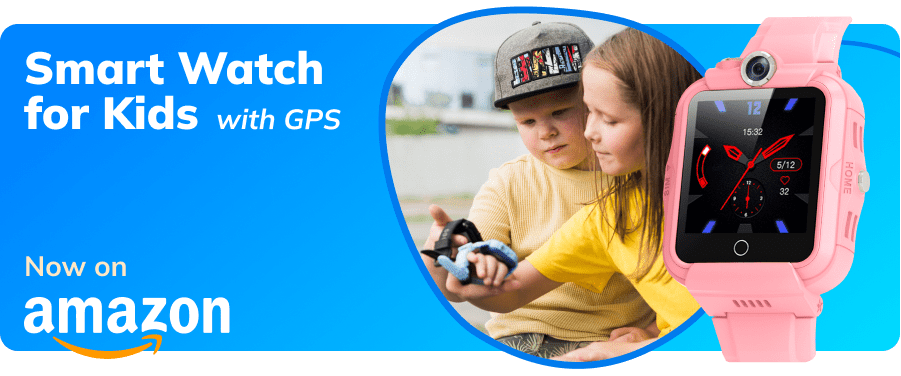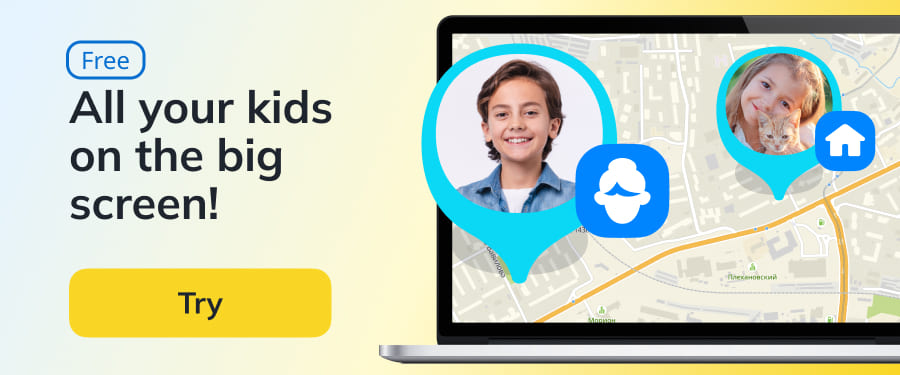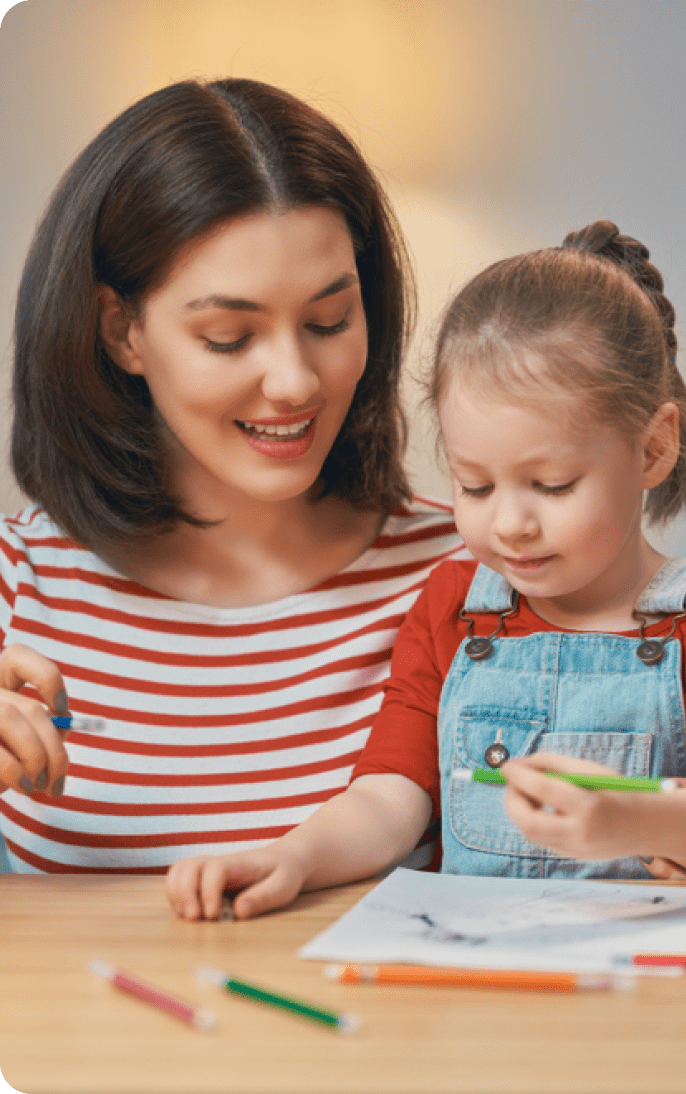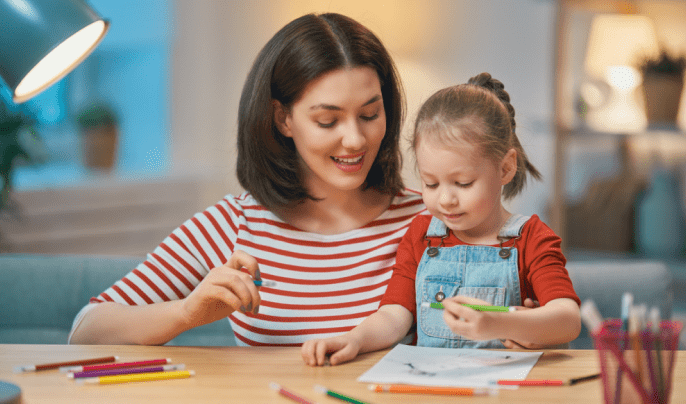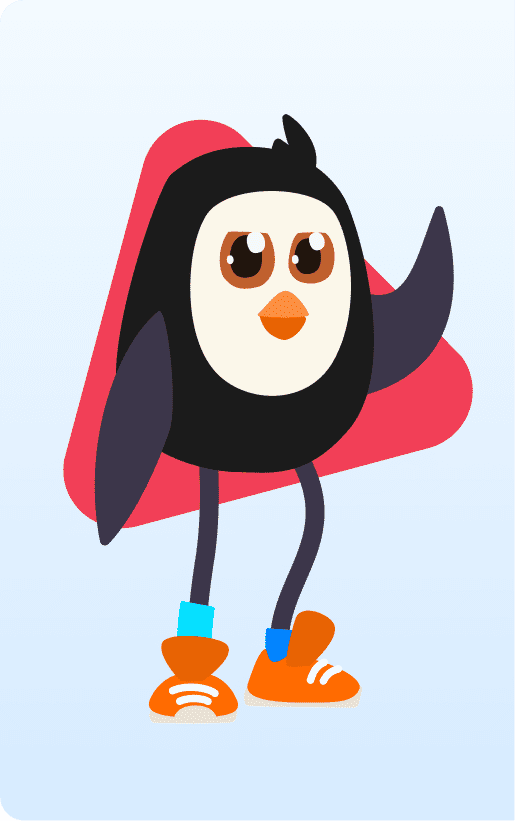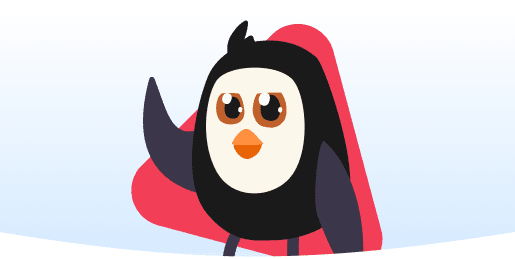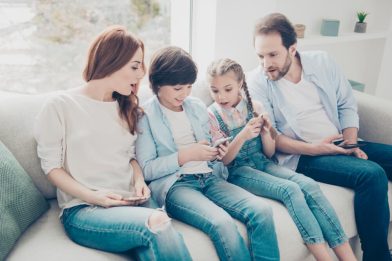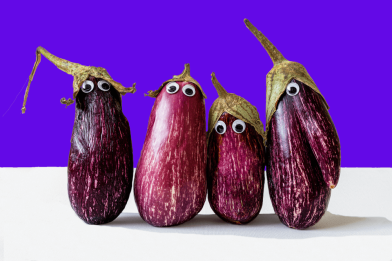A Guide to Understanding Emoji Slang (For Confused Parents!)
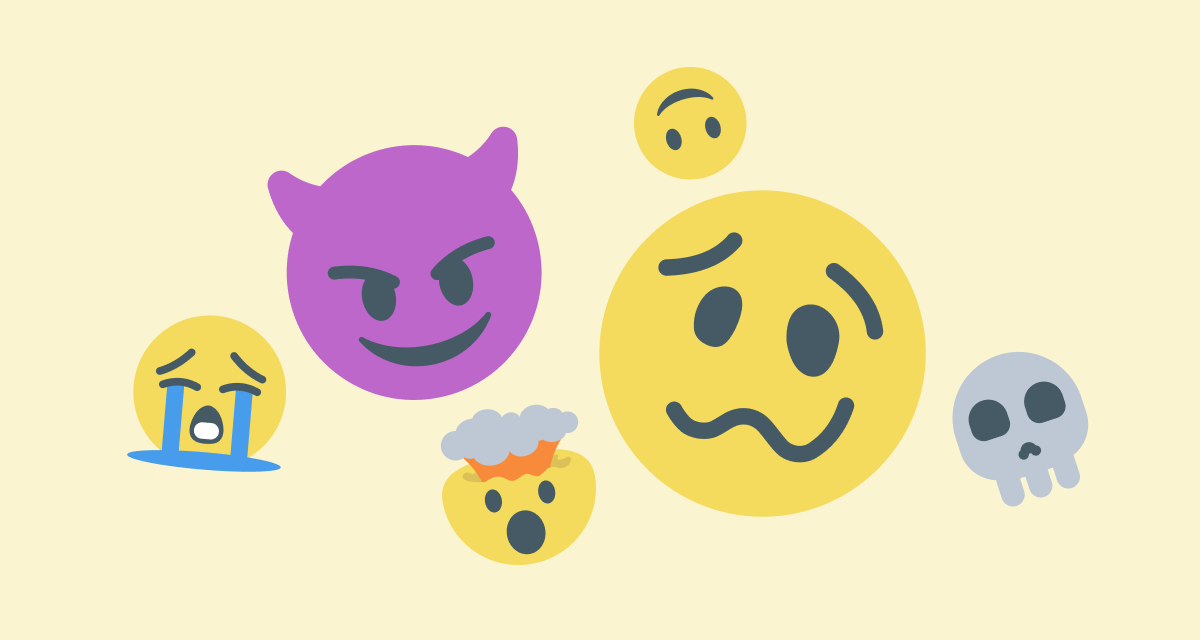
If you’ve ever wished you could decode all the odd icons and pictures in your child’s text messaging, you’re up against the terrifying new world of emoji slang.
Let’s face it: the days of text slang are long gone, replaced by this newer, more colorful emoji slang. Increasingly, you will have noticed your children using these small images or icons, called emojis, to speak to their friends. This can seem confusing, leaving you feeling left out of your children’s digital lives.
If you’re one of these parents, fear not! We have written this emoji slang guide to help you navigate the world of emojis and understand what your kids are really saying. It will discuss the most popular emojis, general emoji slang, and then highlight those emojis that have negative or sexual connotations.
Contents:
What Are Emojis?
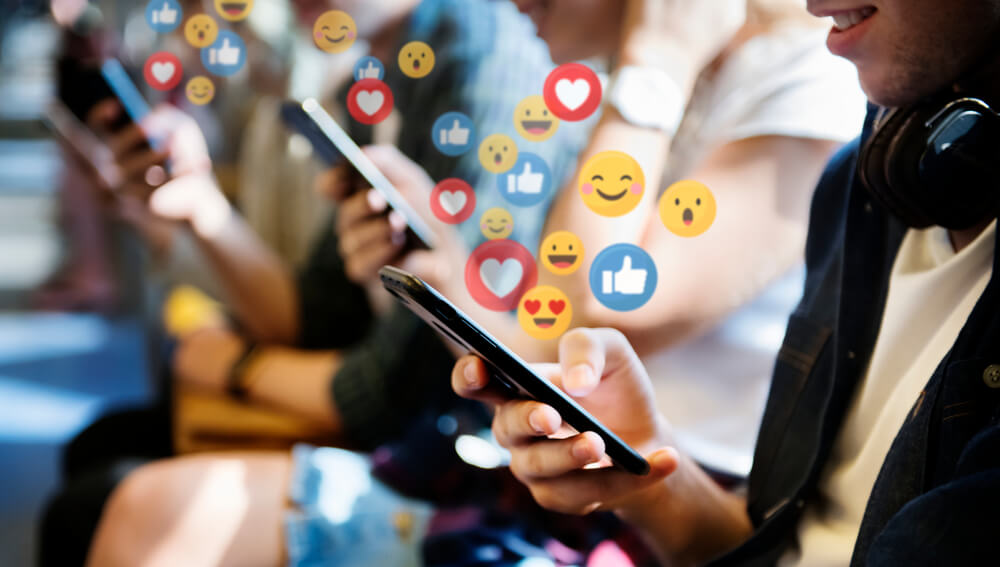
Rawpixel.com/Shutterstock.com
You might be thinking—it’s all well and good discussing emoji slang, but I don’t know emojis and how they can be used. Well, let us help you by first defining what emojis are. An emoji is a graphic representation of an emotion, item, or symbol. You can find them on smartphones such as iPhones or Androids, and they tend to be used on communication apps such as Snapchat, Facebook, and Twitter.
If you have an iPhone, the smiley face icon on your keyboard gives you access to the vast library of emojis. This library is categorized based on your most used, and then animals/creatures, sports, country flags, food, hearts, and faces. If you have the latest iOS, instead of searching through this vast library, you can simply search for the emoji you desire.
Emojis or Emoticons
It is easy to get emoticons, which you might remember from the early days of the internet, and emojis confused, but remember they are two very different things. An emoticon is a sequence of characters that depicts a facial expression, whereas an emoji is a tiny image of something. For example, ‘:)’ is an emoticon.
Emoji Slang Guide
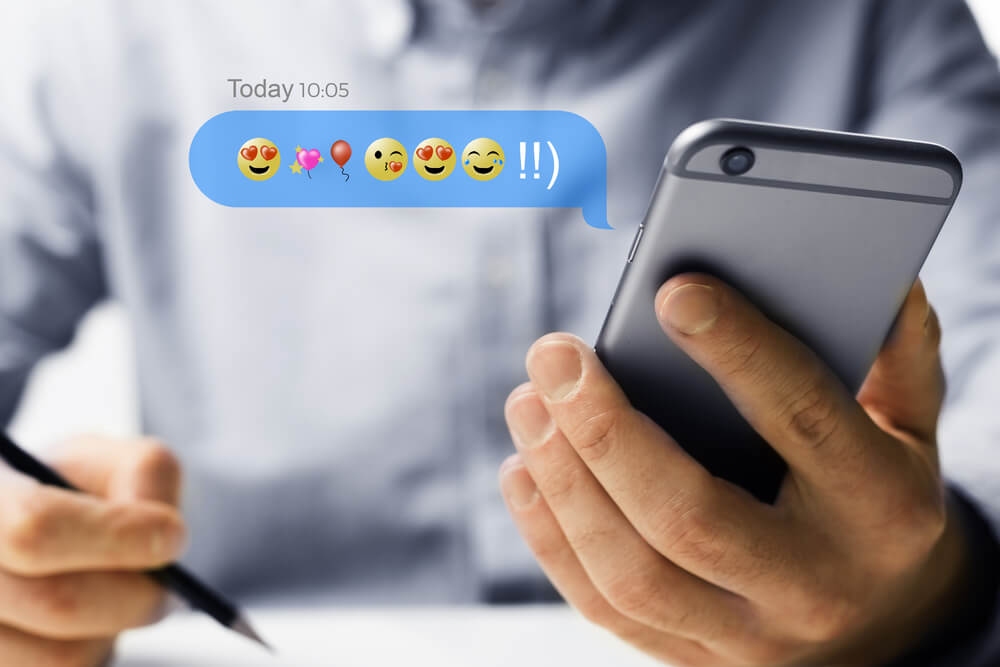
pikcha/Shutterstock.com
Confused by all the different emoji meanings on social media and over texting? Here are some common emoji categories to pay attention to.
The Most Popular Emoji Meanings
It is easier to understand the context and tone of your children’s texts and online interactions if you know the meanings of the most popular emojis:
- 😭 — The loudly crying face can be easily misread. Although its original purpose was to represent extreme sadness, in emoji slang, it is used to represent uncontrollable laughter or joy.
- ❤️ — In emoji slang, the red heart can be used to show love, jealousy, or sorrow. The traditional heart is still the most popular, despite there being new alternative hearts in different colors and variations. The ‘Heavy Black Heart’ black heart symbol first appeared in Unicode 1.1 in 1993, which predates the introduction of color emojis.
- 🧢 — In emoji slang, the cap is often used when the sender thinks the receiver is lying, or ‘capping’.
- 🤡 — The clown face is used to suggest that someone is being fake or saying something very dumb, and acting like a ‘clown’.
- 😊 — And last, but most certainly not least, is the smiling face with smiling eyes. This iconic emoji is frequently used to convey happiness, or can, in some instances, be used by your child in a sarcastic sense.
General Slang
Now that we have covered the most widely used emojis, let’s discuss more general emoji slang and its meaning:
- 💯 — The ‘100’ emoji is widely used to indicate agreement or acceptance, especially in response to a cool picture on Instagram (Related: Is Instagram Dangerous?).
- ✨— The basic sparkles are used to convey a variety of joyful emotions or can, in other instances, be used to place emphasis on something your child is saying.
- 🙏 — Another, slightly confusing one, is the prayer emoji. You might take this literally to mean that your child is thinking about praying. However, this is not strictly true, and it is often used in emoji slang to convey gratitude or thanks, or hope that something may happen.
- 🙃 — The upside-down face may also be confusing. On the surface, it might appear that this is conveying happiness. However, your child is probably using this to be sarcastic or to show frustration.
- 💀 — In emoji slang, the skull is used to mean uncontrollable laughter or ‘I’m dead from laughing’.
- 📈 — If you notice someone, or more specifically, your child, using the chart emoji—this is very positive! In emoji slang, this usually alludes to growth, progress, or improvement.
- 👉👈 — Fingers pointing at each other express shyness or nervousness (usually in the context of flirting).
- 🐙 — The octopus emoji is used as slang for a hug or virtual hug.
- 🐍 — Snake is used when describing someone with a mean or slippery nature. The emoji gained notoriety in popular culture when Kim Kardashian used it to describe her rival, Taylor Swift.
- 🔥 — Flame can be used to describe something very good, but it can also mean “lit” — slang for a party atmosphere. The fire emoji is also used to describe when someone looks hot or sexy.
Sexual Overtones
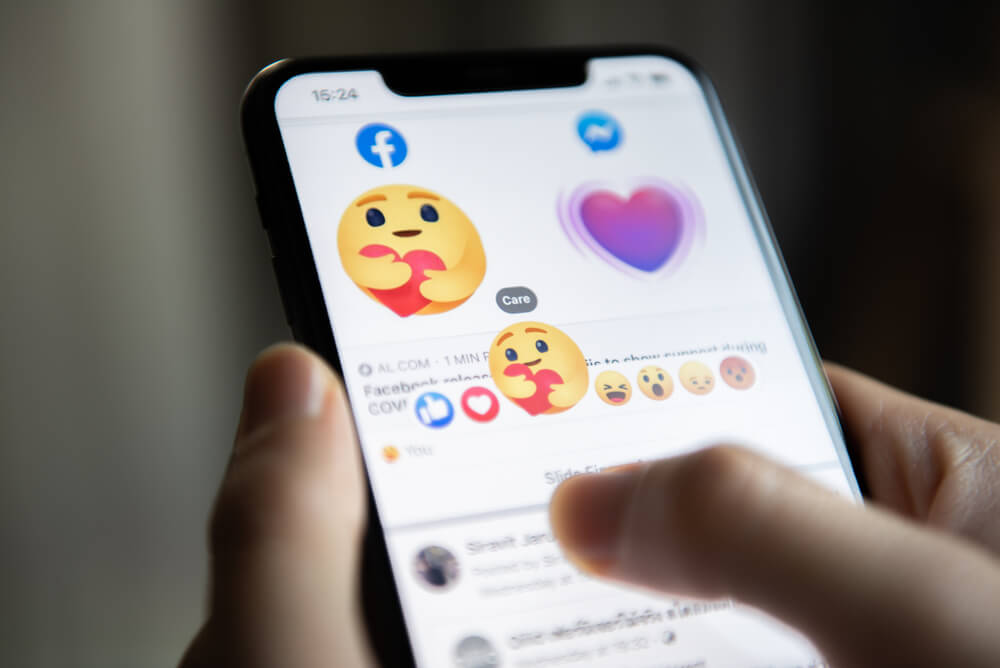
oatawa/Shutterstock.com
Some emojis are not so innocent and can have sexual or other negative connotations. You must be aware of the more sexual connotations of certain emojis so that you can discuss them openly with your child.
Here is a list of sexting emojis with a sexual undertone or overtone and their meaning:
- 🍆🍌 — The first, and most widely-recognized euphemism, is the eggplant emoji. In emoji slang, the eggplant is used to allude to a phallus. Other emojis, like the banana, are often used to allude to the same thing.
- 🍑 — In provocative or suggestive contexts, the peach emoji is used to depict a peachy butt or posterior. However, don’t jump to conclusions if you see your child using this emoji, as it could be completely innocent and not imply any kind of sexual activity. They could instead be referencing peaches, the fruit, or objects that are peach in color.
- 💦 — The water droplet emoji is another one to watch out for. This emoji alludes to a sexual act and the bodily fluids that come with it. If you notice your child has been using this emoji, you should ask them what it.
- 🌽 — The corn emoji is used to represent porn. This is due to the fact that many social media sites, such as TikTok, censor accounts that mention porn directly.
- 🍒 — When your child uses the cherry emoji, you might assume that they want to eat or buy cherries. However, in emoji slang, the cherry emoji is often used to represent virginity or breasts.
- 🌶️ — The hot pepper emoji in emoji slang is often used as a warning that the content will be spicy or hot in nature.
- 👻 — Indicates that someone has become a “ghost” (dumped after the date without explanation).
- 🧠 — Oral sex.
- 👀 — Two widely opened eyes are used when sending or receiving nude or other “adult” content.
- 😵 — The meaning is similar to the previous one, but if open eyes have a positive meaning, then this emoji means shock, after seeing something with an X-rating.
- 🤤 — Expresses a vivid response to what one sees (for example, to a nude photo) or the sexual desire of someone.
- 🎤 — The microphone will not only indicate that someone wants to sing in karaoke. In the language of adult slang, this is a vibrator.
- 🥵 — Means “hot” in a sexual sense. This is how you can reply to a selfie on Instagram of someone you really like.
Partying, Drinks Symbols
Partying and alcohol-related emojis are commonplace and are often used in social media posts and communications. You might even use these yourself when you’re off out to meet friends! These include:
- 🍻 — The clinking beer glasses.
- 🍷 — Wine glasses.
- 🍸 — Cocktail glasses.
- 🎉 — Party popper emojis.
- 🥴 — Used to express intoxication, sexual arousal, or grimace.
When used by adults who are of drinking age, these emojis are harmless. However, they can also be associated with excessive alcohol use and underage drinking. You must be aware of these emojis and their potential implications, especially if you have noticed that your children are using them.
Some other partying emojis that you might notice your children using are:
- 🔌 — The electric plug is often used as a reference to a drug dealer or ‘plug’.
- 🍀 🍁 🌿 🥦 — The four-leaf clover, maple leaf, herb, and broccoli emojis are all used to reference marijuana.
- 🚀 — The rocket emoji is often used to reference the potency and strength of drugs. For instance, drug dealers might contact your children, telling them they have 🚀 MDMA.
- ❄️ — In emoji slang, the snow is often used to describe drugs.
- 💨 — Here, the slang meaning can be easily understood because it has a logical explanation. A cloud of smoke could mean smoking or vaping. However, in some cases, leaving somewhere is so fast that one leaves a trail.
If you notice your children are frequently using this drug-related emoji slang, you should discuss it with them right away. It is important that your children feel they can discuss these things with you, but there should also be boundaries in place.
Facial Expressions and Emoji Faces
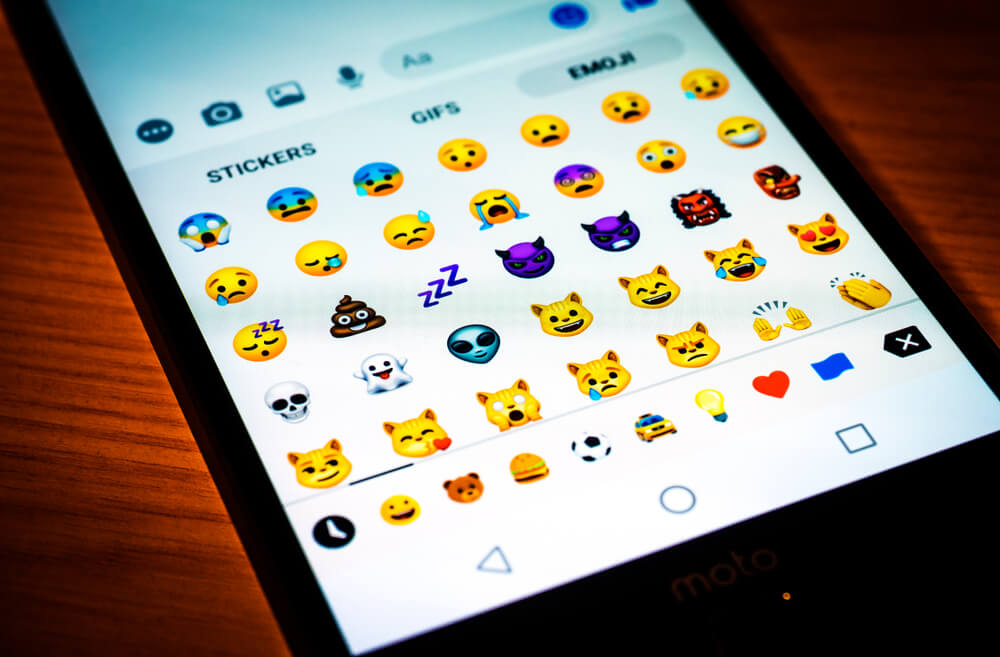
Oleg Golovnev/Shutterstock.com
Facial expressions are a key part of emoji slang, as they often convey emotions, tone, or reactions that words alone cannot. Here are some popular emoji faces and their meanings:
- 😂 — Face with Tears of Joy: These smiley face emojis are one of the most widely used on social media. It represents uncontrollable laughter or something hilariously funny. It’s often used in response to jokes, memes, or funny situations.
- 😳 — Flushed Face: This emoji is used to express embarrassment, surprise, or even shyness. It’s often paired with other emojis like 👉👈 to convey nervousness or awkwardness.
- 😡 — Angry Face: While it traditionally represents anger, in emoji slang, it can also be used sarcastically to show mock frustration or annoyance.
- 😏 — Smirking Face: This emoji is often used to convey flirtation, smugness, or a knowing look. It’s a subtle way of saying, “I know something you don’t.”
- 🤔 — Thinking Face: This emoji is used to express curiosity, skepticism, or deep thought. It’s often used sarcastically to question someone’s statement or decision.
- 🥹 — Face Holding Back Tears: A newer addition to the emoji dictionary, this face is used to express gratitude, being touched, or emotional vulnerability.
Heart Emojis and Their Meanings
Hearts are some of the most versatile emojis, and their meanings can vary depending on the color and context. Here are some common heart emojis and their slang interpretations:
- 💖 — Sparkling Heart Emoji: Represents love, admiration, or something that feels magical or special.
- 💔 — Broken Heart: Used to express heartbreak, sadness, or emotional pain.
- 💜 — Purple Heart: Often used to show compassion, support, or platonic love. It’s also associated with fandoms or specific causes.
- 💗 — Pink Heart: A newer addition, this heart is often used to convey warmth, affection, or a soft, loving vibe.
- 🫀 — Anatomical Heart: While it literally represents the human heart, it’s often used in a metaphorical sense to show deep emotional connection or vulnerability.
Hand Gestures and Body Language
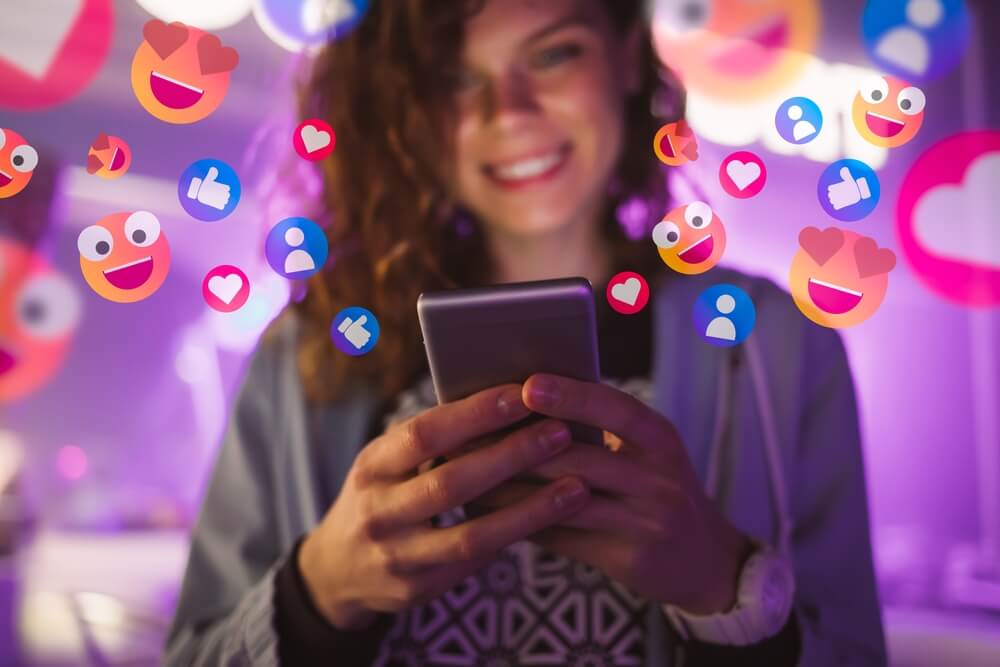
progressman/Shutterstock.com
Hand gestures and body language emojis are often used to express actions, emotions, or attitudes. Here are some examples:
- 👋 — Waving Hand: Used to say hello, goodbye, or even sarcastically to indicate someone is being ignored or dismissed.
- 🙏 — Bowing Emoji (Prayer Hands): While it traditionally represents prayer, it’s often used to express gratitude, hope, or a plea for something.
- 🤲 — Palms Up Together: This emoji is used to symbolize giving, receiving, or asking for something.
- 💪 — Flexed Biceps: Represents strength, determination, or encouragement. It’s often used to say, “You’ve got this!” or “Stay strong!”
- 🤌 — Pinched Fingers: Popularly known as the “Italian hand gesture,” it’s used to express emphasis, frustration, or questioning, often in a humorous way.
- 🤷 — Shrugging Person: Used to convey confusion, indifference, or a “What can you do?” attitude.
- 💁 — Tipping Hand Emoji: The tipping hand emoji is used to convey sass, sarcasm, or a “Let me explain” attitude. It’s often paired with witty or sarcastic comments.
Baby Emoji and Its Slang
👶 — Baby Emoji: While it literally represents a baby, in emoji slang, it’s often used to describe someone who is acting innocent, naive, or overly sensitive. It can also be used in a flirtatious context to call someone “baby” or “babe.”
Social Media Trends
Social media has given rise to unique emoji slang trends. Here are some examples:
- 📱 — Mobile Phone: Often used to reference texting, social media, or being online.
- 📸 — Camera: Used to indicate taking photos, selfies, or sharing moments on platforms like Instagram or Snapchat.
- 🔗 — Link: Represents sharing a URL or connecting with someone online.
- 🛑 — Stop Sign: Used to emphasize a warning or to tell someone to stop doing something.
New Additions to General Slang
Here are some additional emojis and their slang meanings:
- 🫡 — Saluting Face: Used to show respect, acknowledgment, or agreement with someone’s statement.
- 🫠 — Melting Face: Represents awkwardness, embarrassment, or feeling overwhelmed. It’s often used humorously to say, “I’m melting from this situation.”
- 🫴 — Palm Facing Up: Used to ask for something or to indicate offering help.
So, if you notice that your child communicates a lot on messengers or on social media, try installing Kids360. With it, you can find out what your children are doing on their mobile phones and restrict (or block) access to dangerous apps and games.
To sum up, knowing the meaning of emojis, and emoji slang more specifically, is crucial for understanding your children and their digital footprint. It’s important to remember that an emoji’s intended meaning might change depending on the situation and the user’s perception.
As parents, it’s vital to have open and honest conversations with your children about proper internet behavior and communication, including the usage of emojis. To understand and interact with your children more effectively, you must stay up to date on the newest trends and terminology in digital communication.
Now that you have done this, you can better understand your children’s online conversations!
FAQs
How can I find out what each emoji means?
You can look up emoji meanings on platforms like Emojipedia, which provides detailed explanations and common uses for each emoji.
What does the 🙂 ↕ emoji mean?
The 🙂 (slightly smiling face) paired with ↕ (up-down arrow) could imply mixed emotions or uncertainty, but its meaning depends on the context of the conversation.
What does 🍆🌮 💦 mean?
This combination is often used as a suggestive or playful innuendo, with 🍆 and 🌮 symbolizing body parts and 💦 implying excitement or action. Context is key!
The picture on the front page: Rawpixel.com/Shutterstock.com
Проверьте электронный ящик

